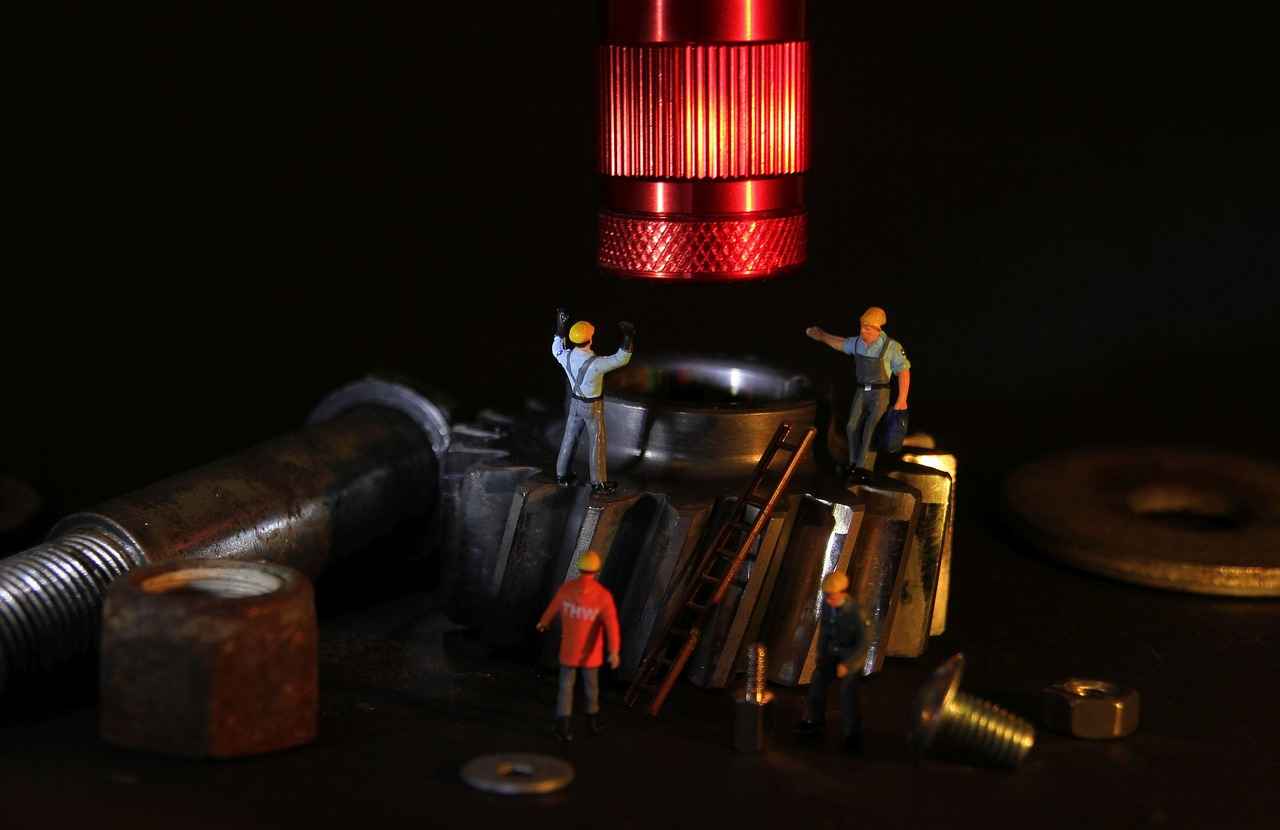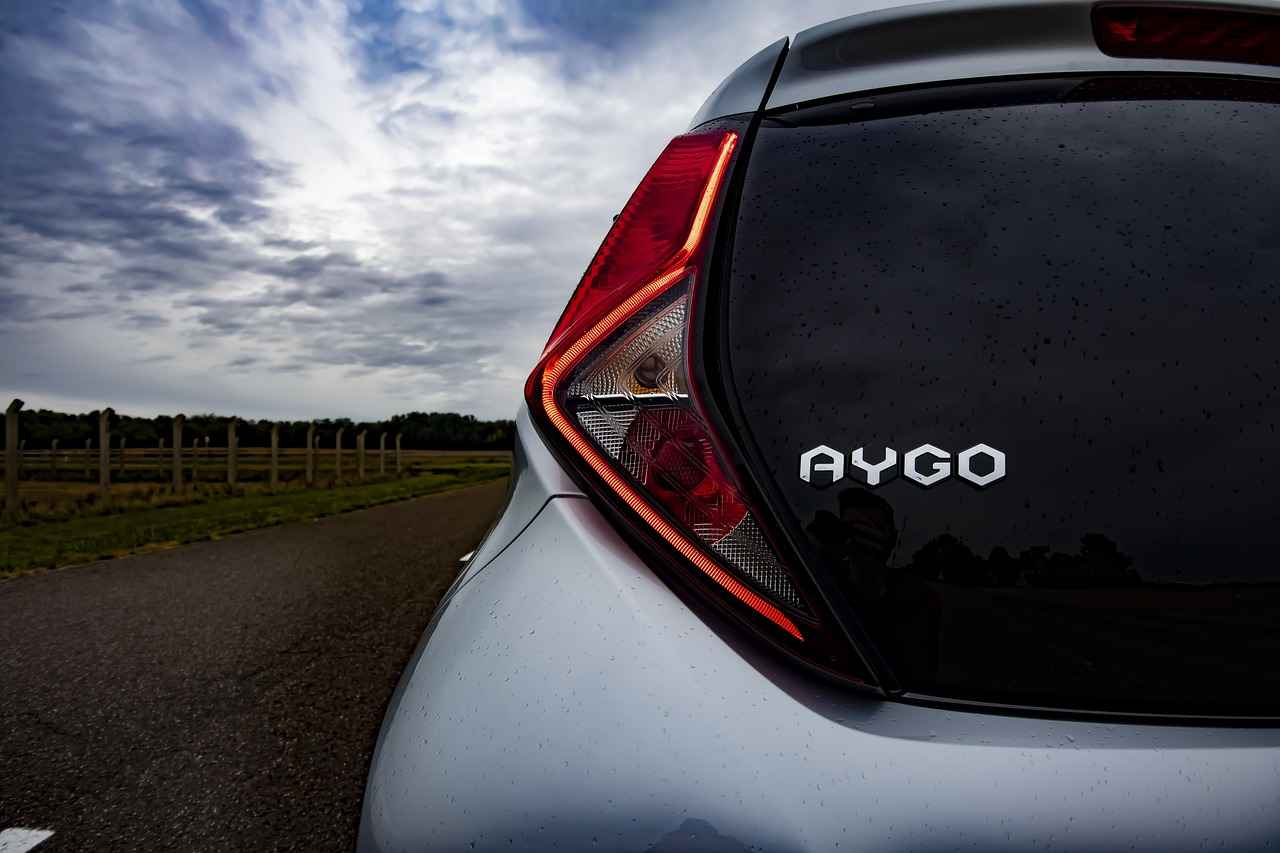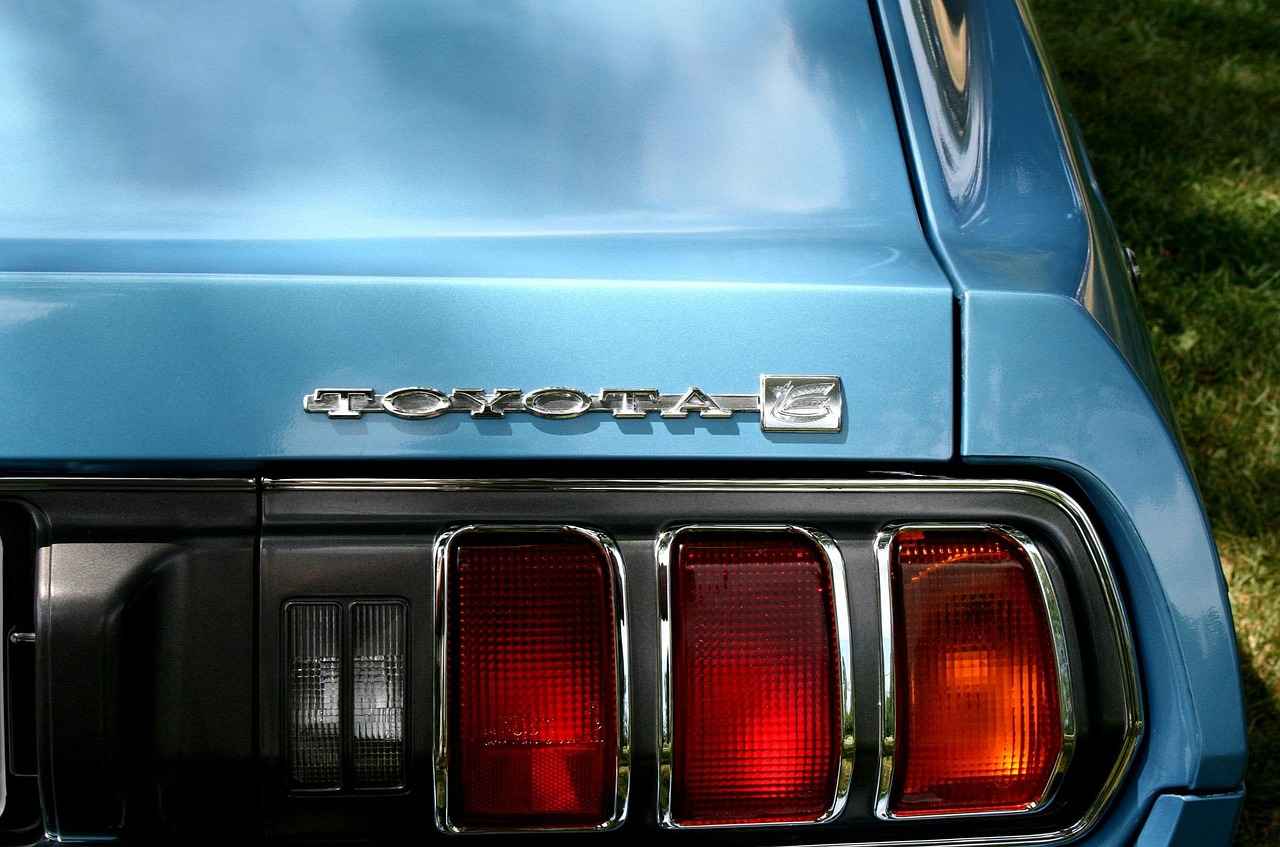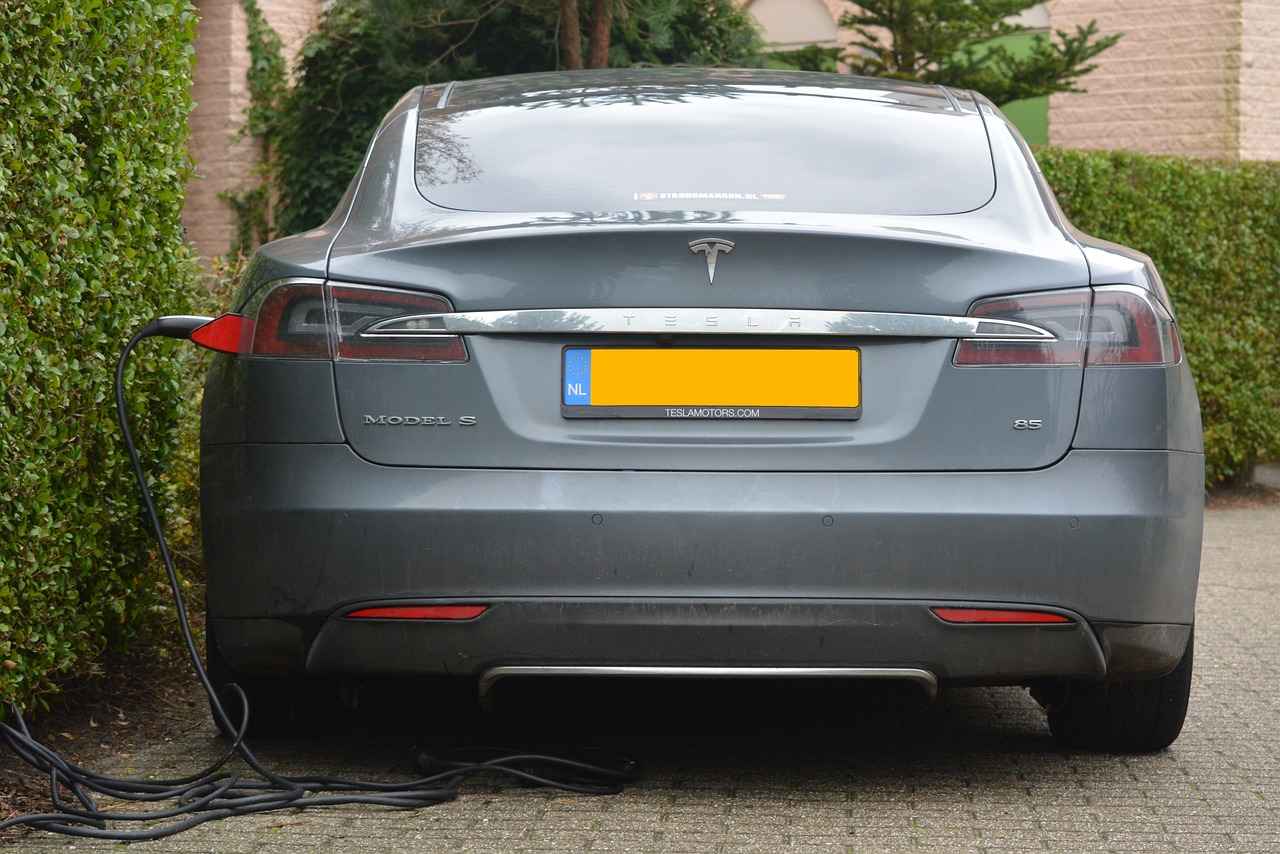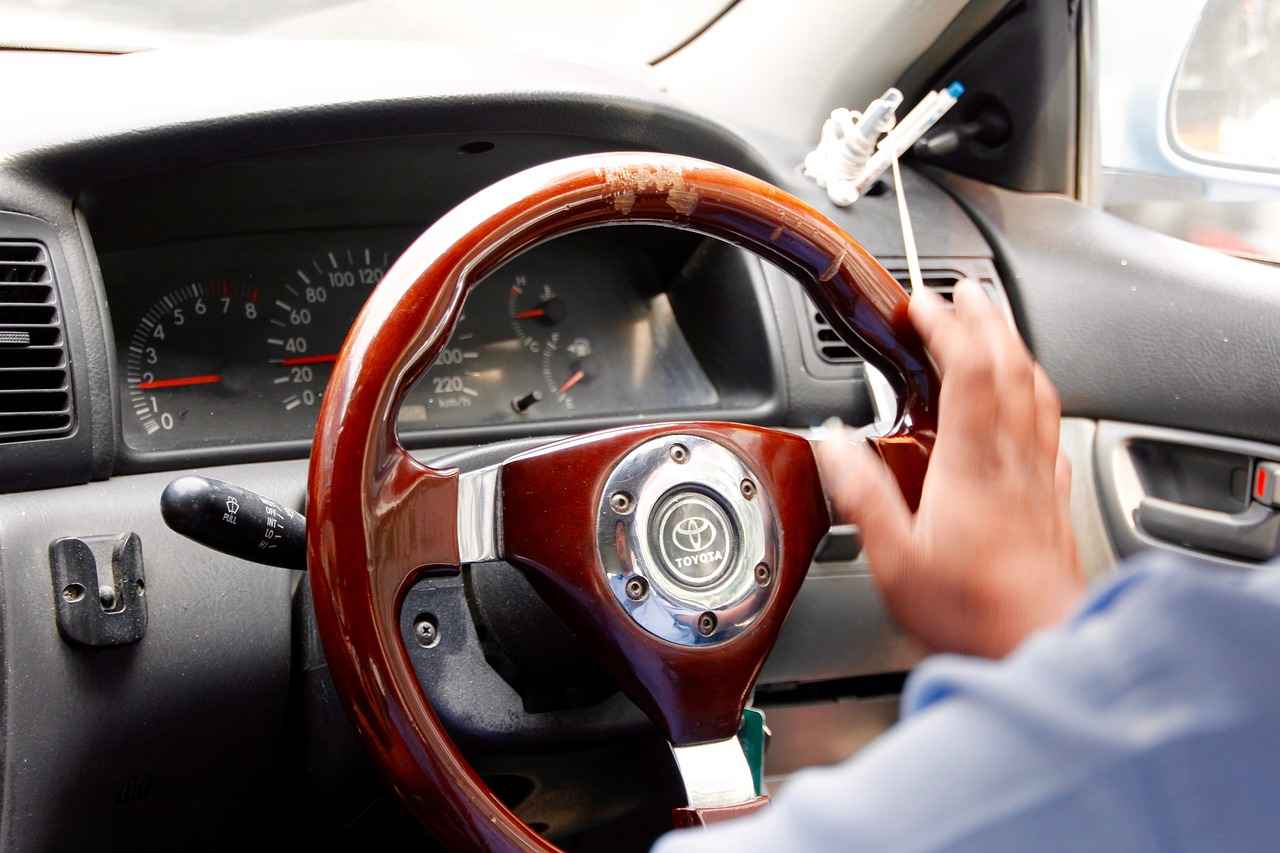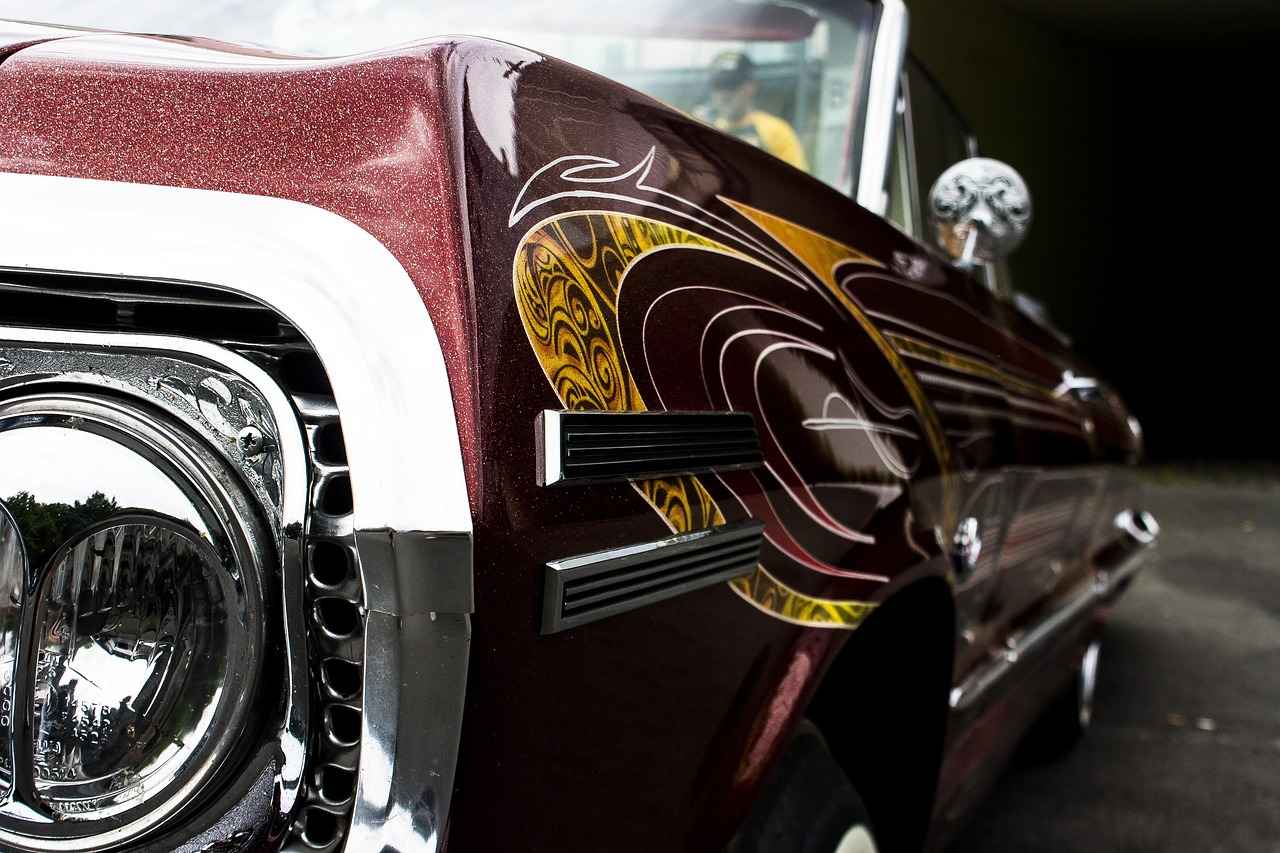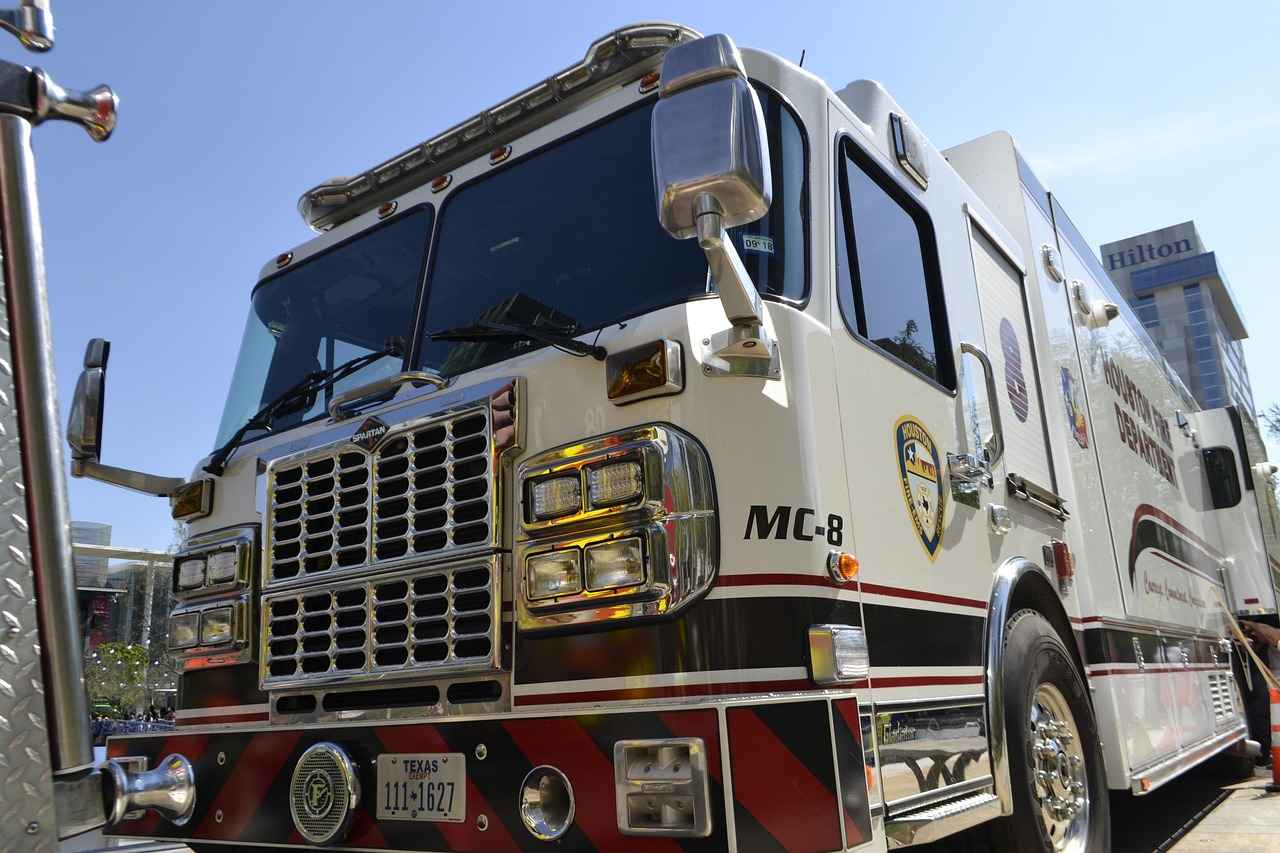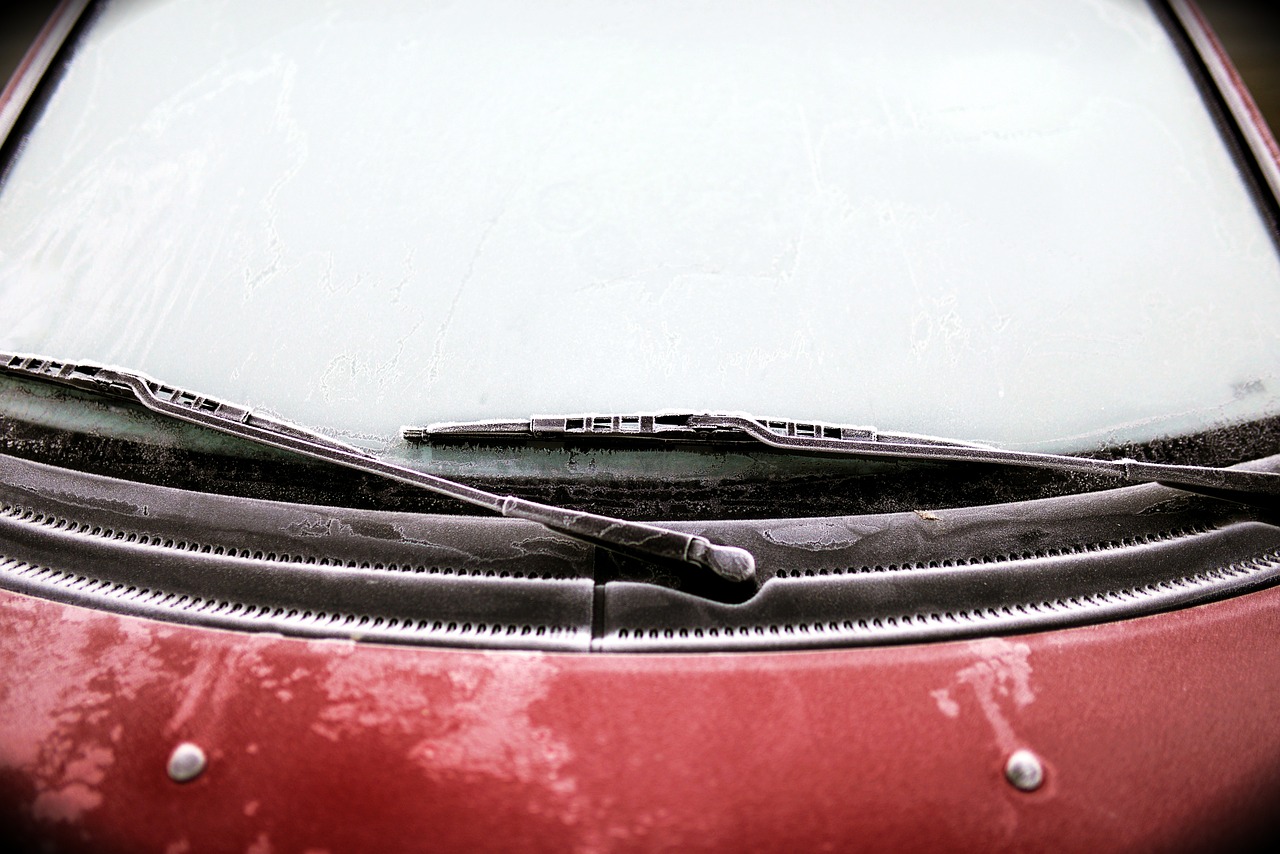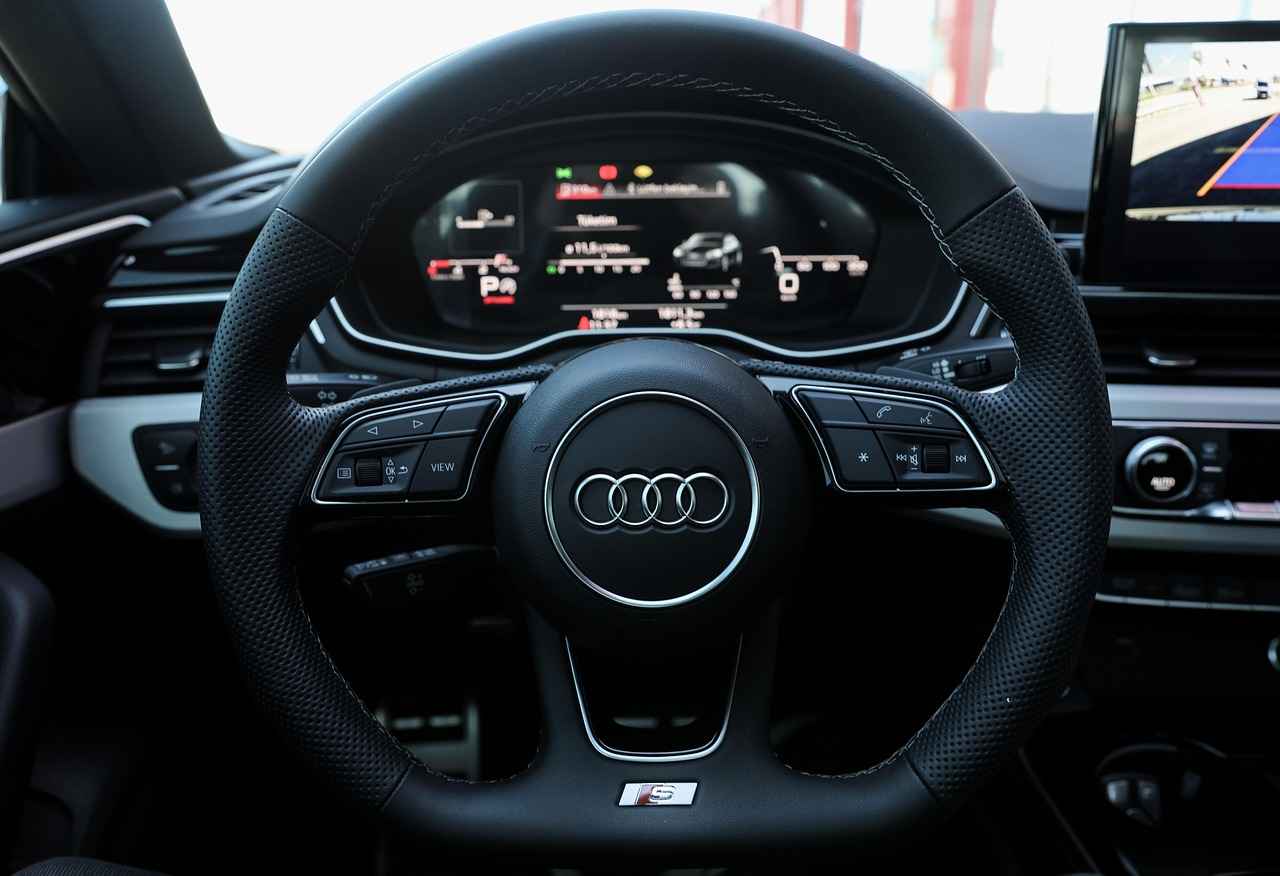Windshield wipers are essential for maintaining visibility during adverse weather conditions. However, it can be frustrating when they refuse to turn off. This article delves into the common reasons why windshield wipers may stay on and offers practical solutions to effectively resolve the issue.
Understanding the underlying reasons for windshield wiper failure is crucial for diagnosing and fixing the problem efficiently. Several factors can contribute to this malfunction:
- Wiper Switch Issues: The wiper switch may be stuck or malfunctioning.
- Faulty Relay: A defective wiper relay can keep the wipers powered.
- Wiper Motor Problems: The wiper motor itself might be faulty.
- Electrical Issues: Wiring problems can lead to unexpected behavior.
- Body Control Module (BCM): In modern vehicles, the BCM can influence wiper operation.
Diagnosing why your windshield wipers won’t turn off involves checking various components of the vehicle’s electrical system and wiper assembly. Here are some steps to follow:
The wiper switch is often a common culprit when wipers malfunction. Testing the switch for proper function can reveal if it’s the source of the issue.
To test the wiper switch, use a multimeter to check for continuity when the switch is activated. If there’s no continuity, the switch may need replacement.
If the switch is faulty, replacing it is often straightforward. Consult your vehicle’s manual for specific instructions on how to remove and install a new switch.
The wiper relay controls the power supply to the wiper motor. A malfunctioning relay can cause the wipers to remain on.
To identify a faulty relay, locate the wiper relay in your vehicle’s fuse box and test it by swapping it with another similar relay.
If the relay is determined to be defective, replacing it is typically a simple process. Ensure you purchase the correct relay type for your vehicle model.
The wiper motor itself can also be the reason for wipers not turning off. Checking its functionality is crucial for a complete diagnosis. Look for signs of wear or damage, and test the motor to ensure it operates correctly.
If the wiper switch, relay, and motor are functioning properly, there are additional troubleshooting steps to consider:
Faulty wiring or poor connections can lead to electrical issues. Inspect all associated wiring for signs of wear or damage. Ensure that all connections are secure and free from corrosion.
In modern vehicles, the body control module (BCM) can affect wiper operation. If all other components are functioning, the BCM may need to be tested or reprogrammed. Consult a professional if you suspect this is the issue.
By following these diagnostic steps and solutions, you can effectively address the issue of windshield wipers that won’t turn off. Regular maintenance and checks can also help prevent future problems, ensuring your vehicle remains safe and functional.

What Causes Windshield Wipers to Malfunction?
Windshield wipers are essential for maintaining visibility during adverse weather conditions. However, they can sometimes malfunction, leading to frustration for drivers. Understanding the reasons behind windshield wiper failure is crucial for effective diagnosis and repair. This article delves into the common causes of wiper malfunctions, offering practical solutions to address these issues.
Several factors can lead to windshield wiper failure, and identifying the root cause is vital for a quick resolution. Here are some of the most common reasons:
- Wiper Switch Failure: The wiper switch is often the first component to check. If it becomes stuck or fails, the wipers may remain in operation.
- Faulty Wiper Relay: The relay acts as a switch that controls the power to the wiper motor. A malfunctioning relay can cause the wipers to operate erratically or not at all.
- Wiper Motor Issues: The motor itself can wear out over time, leading to inconsistent wiper performance or complete failure.
- Electrical Problems: Damaged wiring or poor connections can disrupt the electrical flow to the wipers, causing them to malfunction.
- Body Control Module (BCM) Malfunctions: In modern vehicles, the BCM controls various electrical systems, including the wipers. A faulty BCM can lead to wiper issues.
By understanding these potential causes, vehicle owners can take the necessary steps to diagnose and fix their windshield wiper problems more efficiently.
Diagnosing why windshield wipers won’t turn off requires a systematic approach. Here are the steps to follow:
- Inspect the Wiper Switch: Start by checking the wiper switch for proper functionality. If the switch feels sticky or unresponsive, it may need replacement.
- Test the Wiper Relay: Locate the wiper relay in your vehicle’s fuse box and test it by swapping it with a similar relay to see if the issue persists.
- Examine the Wiper Motor: Ensure that the wiper motor is functioning correctly. Listen for unusual noises or check for signs of physical damage.
- Check Wiring and Connections: Inspect all wiring connected to the wiper system for frays, corrosion, or loose connections that could disrupt electrical flow.
- Evaluate the Body Control Module: If all else fails, consider having the BCM tested or reprogrammed, especially in newer vehicle models.
By following these diagnostic steps, you can pinpoint the source of the problem and take appropriate action.
If the common components are functioning correctly, there are additional troubleshooting steps to consider:
- Check Fuses: A blown fuse can interrupt the power supply to the wipers. Inspect the fuse box and replace any blown fuses.
- Clean the Wiper Blades: Sometimes, dirty or worn wiper blades can cause the wipers to malfunction. Ensure they are clean and in good condition.
- Lubricate the Wiper Mechanism: A lack of lubrication can lead to stiff movement. Apply suitable lubricant to the wiper mechanism to ensure smooth operation.
By exploring these potential solutions, you can enhance the performance of your windshield wipers and ensure they function reliably when needed.

How Can You Diagnose the Wiper Issue?
When faced with the frustrating issue of windshield wipers that won’t turn off, it’s essential to methodically diagnose the problem. Understanding the various components involved in the wiper system can help pinpoint the malfunction and lead to effective solutions. This guide will provide you with a comprehensive approach to diagnosing the wiper issue, ensuring you can tackle it with confidence.
Diagnosing why your windshield wipers won’t turn off involves checking various components of the vehicle’s electrical system and wiper assembly. Below are detailed steps to help you identify the root cause:
- Inspect the Wiper Switch: The wiper switch is often the first component to check. If the switch is stuck or malfunctioning, it can keep the wipers running. Ensure that the switch is in the correct position and test its functionality.
- Test the Wiper Relay: The wiper relay is responsible for supplying power to the wiper motor. A faulty relay can lead to persistent wiper operation. Locate the relay in your vehicle’s fuse box and perform a swap test with a similar relay to see if that resolves the issue.
- Examine the Wiper Motor: If both the switch and relay are functioning properly, the wiper motor may be the culprit. Listen for any unusual sounds when the wipers are activated, which may indicate motor failure or internal shorts.
- Check Wiring and Connections: Inspect the wiring and connectors associated with the wiper system. Look for frayed wires, corrosion, or loose connections that could disrupt the electrical flow.
- Evaluate the Body Control Module (BCM): In modern vehicles, the BCM plays a critical role in various electrical functions, including wiper operation. If other components are functioning correctly, consider having the BCM diagnosed for potential issues.
By following these steps, you can systematically identify the source of the problem. If you find that the issue persists even after checking these components, it may be advisable to seek professional assistance.
To effectively diagnose the wiper issue, having the right tools on hand can make the process much easier:
- Multimeter: This tool is essential for testing electrical continuity in switches and relays.
- Screwdrivers: A set of screwdrivers will be necessary for accessing various components in the vehicle.
- Wire Strippers: If you discover damaged wiring, wire strippers will help you make necessary repairs.
- Repair Manual: A vehicle-specific repair manual can provide valuable insights and diagrams for troubleshooting.
Recognizing the symptoms of wiper malfunction can aid in quicker diagnosis:
- Wipers Stuck in One Position: This may indicate a problem with the motor or switch.
- Intermittent Wiper Functionality: If the wipers only work sporadically, the switch or relay could be failing.
- No Response from Wipers: This could be due to a blown fuse, faulty relay, or issues with the motor itself.
By understanding these symptoms and employing a methodical approach to diagnosis, you can effectively tackle the issue of windshield wipers that refuse to turn off. Remember, if you’re uncertain about any step in the process, consulting a professional mechanic is always a wise choice.
Inspect the Wiper Switch
When it comes to windshield wiper issues, one of the first components to examine is the wiper switch. This seemingly simple device plays a critical role in controlling the operation of your wipers. If your windshield wipers are malfunctioning—such as not turning off when they should—the wiper switch could very well be the culprit.
The wiper switch is responsible for sending electrical signals to the wiper motor, dictating when and how the wipers operate. A faulty switch can lead to various issues, including wipers that won’t turn off, operate intermittently, or fail to engage altogether. Understanding the importance of this component can help you troubleshoot effectively.
Testing the wiper switch involves a few straightforward steps. You will need a multimeter to check for electrical continuity. Here’s how to do it:
- Step 1: Disconnect the battery to ensure safety while working on your vehicle.
- Step 2: Locate the wiper switch, which is generally found on the steering column or dashboard.
- Step 3: Remove the switch from its housing carefully.
- Step 4: Use the multimeter to check for continuity. Activate the switch and observe the readings.
If the multimeter shows no continuity when the switch is activated, it indicates that the switch is defective and needs replacement.
Replacing a faulty wiper switch is typically a straightforward task. Here’s a general guide:
- Step 1: Consult your vehicle’s manual for specific instructions related to your model.
- Step 2: Acquire a new wiper switch that is compatible with your vehicle.
- Step 3: Disconnect the battery again before installation.
- Step 4: Install the new switch by reversing the removal steps.
Once installed, reconnect the battery and test the wipers to ensure they function correctly.
If testing and replacing the wiper switch does not resolve the problem, it’s essential to check other components, such as:
- The Wiper Relay: This component controls the power supply to the wiper motor. A malfunctioning relay can also cause wipers to remain on.
- The Wiper Motor: If the motor itself is defective, it may need to be replaced.
Additionally, inspecting the wiring and connections for any signs of damage or wear can help identify other potential issues.
If you’ve gone through these troubleshooting steps and the problem persists, it may be time to consult a professional mechanic. They can provide a comprehensive diagnosis and ensure that all components are functioning correctly.
In summary, the wiper switch is a vital component in your vehicle’s wiper system. Regular checks and timely replacements can prevent further issues and keep your windshield wipers operating effectively.
Testing the Wiper Switch
When faced with the frustrating issue of windshield wipers that won’t turn off, it is essential to diagnose the problem accurately. One of the key components to inspect is the wiper switch, which plays a crucial role in controlling the operation of your wipers. Understanding how to test this switch can help you determine if it needs replacement.
Testing the wiper switch is a straightforward process that requires a multimeter. This tool allows you to check for continuity, which indicates whether the switch is functioning correctly. Follow these steps to perform the test:
- Safety First: Before starting, ensure that your vehicle is turned off and the keys are removed from the ignition to prevent any accidental activation of the wipers.
- Access the Wiper Switch: Depending on your vehicle model, you may need to remove the steering column cover to access the wiper switch. Refer to your vehicle’s manual for specific instructions.
- Connect the Multimeter: Set your multimeter to the continuity setting. Attach one probe to the terminal of the wiper switch and the other probe to the ground.
- Activate the Switch: With the probes in place, activate the wiper switch. If the multimeter beeps or shows a reading, this indicates that there is continuity, meaning the switch is functioning correctly.
- No Continuity Detected: If the multimeter does not register continuity when the switch is activated, it suggests that the switch is faulty and likely needs replacement.
The wiper switch is not just a simple toggle; it is integral to the entire wiper system. A malfunctioning switch can lead to various issues, including:
- Wipers Sticking On: If the switch is stuck in the “on” position, it can cause the wipers to run continuously.
- Inconsistent Operation: A faulty switch may lead to erratic wiper behavior, such as stopping mid-cycle or failing to activate.
- Electrical Problems: A defective switch can cause electrical shorts, potentially affecting other systems in your vehicle.
If your testing confirms that the wiper switch is indeed faulty, replacing it is often a simple task. Here are the steps to follow:
- Purchase the Correct Replacement: Ensure you obtain a wiper switch that is compatible with your vehicle model.
- Remove the Old Switch: Carefully disconnect the wiring harness from the old switch and remove it from its mounting.
- Install the New Switch: Position the new switch in place, reconnect the wiring harness, and secure it properly.
- Test the New Switch: Once installed, activate the wipers to ensure they function correctly.
By following these steps, you can effectively diagnose and resolve issues related to your windshield wiper switch. Regular maintenance and timely replacement of faulty components can enhance the reliability of your vehicle’s wiper system, ensuring clear visibility during inclement weather.
Replacing the Wiper Switch
is a crucial step in resolving windshield wiper issues, especially when they refuse to turn off. A faulty wiper switch can lead to persistent wiper operation, which can be both annoying and distracting while driving. Fortunately, the replacement process is often straightforward and can be accomplished with minimal tools and expertise.
Before starting the replacement, it is essential to consult your vehicle’s manual. This manual provides specific instructions tailored to your vehicle model, ensuring you follow the correct procedure. Here’s a step-by-step guide to help you through the process:
- Gather Necessary Tools: You will typically need a screwdriver, pliers, and possibly a socket set. Ensure you have the correct replacement switch for your vehicle.
- Disconnect the Battery: Safety is paramount. Disconnect the negative terminal of the battery to prevent any electrical shorts while working on the switch.
- Access the Wiper Switch: Depending on your vehicle, you may need to remove the steering column cover to access the switch. Use your manual to guide you through this step.
- Remove the Old Switch: Unscrew and detach the old wiper switch from its position. Be cautious of any wiring connected to it; gently unplug these connections.
- Install the New Switch: Take the new wiper switch and connect it to the wiring harness. Secure it in place with screws as per the manual’s instructions.
- Reassemble the Steering Column: Once the new switch is in place, reattach the steering column cover, ensuring everything is fitted snugly.
- Reconnect the Battery: Finally, reconnect the negative terminal of the battery and test the new switch to ensure it operates correctly.
It’s important to note that while replacing the wiper switch is often a straightforward task, some vehicles may have more complex systems. In such cases, it might be beneficial to consult a professional mechanic if you encounter difficulties during the process.
Additionally, if you find that the wipers still do not function correctly after replacing the switch, it may be indicative of a deeper issue within the electrical system or other components such as the wiper relay or motor. Therefore, conducting a thorough diagnosis is essential to pinpoint the exact cause of the malfunction.
In conclusion, replacing the wiper switch can resolve the issue of windshield wipers not turning off. By following the steps outlined above and consulting your vehicle’s manual, you can effectively carry out this repair and restore normal function to your windshield wipers.
Check the Wiper Relay
The wiper relay is a crucial component in the windshield wiper system, as it regulates the power supply to the wiper motor. When the relay malfunctions, it can lead to various issues, including the wipers remaining on continuously. Understanding how to diagnose and address problems with the wiper relay is essential for any vehicle owner.
What is a Wiper Relay?
A wiper relay is an electronic switch that controls the flow of electricity to the windshield wiper motor. It operates by receiving signals from the wiper switch, allowing it to turn the wipers on or off as needed. If the relay becomes faulty, it can disrupt this communication, leading to persistent wiper operation.
Identifying a Faulty Relay
To determine if the wiper relay is the source of the problem, you will need to locate it within your vehicle’s fuse box. This box is usually found under the dashboard or in the engine compartment. Once located, you can conduct a simple test:
- Visual Inspection: Check for any signs of damage, corrosion, or burnt connections.
- Relay Swap Test: If you have a similar relay in your fuse box, you can swap it with the wiper relay to see if the issue persists. If the wipers turn off with the new relay, you have identified the problem.
Replacing the Wiper Relay
If testing confirms that the relay is defective, replacing it is usually a straightforward task:
1. Disconnect the vehicle's battery to ensure safety.2. Remove the faulty relay from the fuse box by pulling it straight out.3. Insert the new relay into the same slot, ensuring it is seated properly.4. Reconnect the battery and test the wipers to confirm they operate correctly.
Common Signs of a Wiper Relay Issue
Besides wipers that won’t turn off, there are other symptoms that may indicate a problem with the wiper relay:
- Inconsistent Wiper Operation: Wipers may work intermittently or only function on certain settings.
- Wipers Stopping Mid-Swipe: If your wipers stop unexpectedly while in motion, the relay may be failing.
- Electrical Issues: Other electrical components may also exhibit irregular behavior, indicating a relay problem.
Additional Considerations
While a faulty wiper relay is a common cause of wiper issues, it is essential to consider other factors that could affect their operation. For instance, if the wiper switch or motor is malfunctioning, it could lead to similar symptoms. Therefore, it is wise to perform a thorough check of all related components.
In some modern vehicles, the body control module (BCM) plays a role in controlling the wipers. If you’ve ruled out the relay and other components, you may need to have the BCM tested or reprogrammed by a professional.
By understanding the role of the wiper relay and how to diagnose potential issues, you can effectively troubleshoot and resolve problems with your windshield wipers. This knowledge not only enhances your vehicle maintenance skills but also ensures safer driving conditions during inclement weather.
Identifying a Faulty Relay
When dealing with windshield wiper issues, one of the critical components to check is the relay. This small but essential part controls the electrical flow to your wiper motor, and if it fails, it can result in your wipers not turning off. Understanding how to identify a faulty relay can save you time and money in repairs.
To begin the process of identifying a faulty wiper relay, first, locate the wiper relay in your vehicle’s fuse box. This is typically situated under the dashboard or in the engine compartment, depending on your vehicle model. Once located, you can proceed with the following steps:
- Visual Inspection: Check the relay for any visible signs of damage or corrosion. A burnt smell or melted casing can indicate a problem.
- Swap Test: The most effective way to test the relay is to swap it with another similar relay from the fuse box. Ensure that both relays are of the same type and rating.
- Listen for Clicking: When you turn on the wiper switch, listen for a clicking sound from the relay. If you hear it, the relay is likely functioning correctly.
- Use a Multimeter: If you have access to a multimeter, you can check for continuity. Remove the relay and test the terminals; if there’s no continuity, the relay is faulty.
If you determine that the relay is indeed faulty, replacing it is usually a straightforward task. Here’s how you can do it:
- Purchase the Correct Relay: Always ensure you buy a replacement relay that matches the specifications of the original. Refer to your vehicle’s manual for guidance.
- Installation: Simply remove the old relay by pulling it out of the socket and insert the new one. Ensure it clicks into place securely.
- Test the Wipers: After installation, turn on your vehicle and test the wipers to ensure they operate correctly and turn off as intended.
The wiper relay plays a crucial role in the overall functionality of your windshield wipers. It acts as a switch that allows electrical current to flow only when needed. A malfunctioning relay can lead to various issues, including:
- Wipers Sticking: If the relay is stuck in the ‘on’ position, your wipers may continue to operate even when they shouldn’t.
- Intermittent Function: A faulty relay might cause your wipers to operate sporadically, making it difficult to drive in inclement weather.
- Electrical Problems: A malfunctioning relay can also cause electrical issues in other components of your vehicle, leading to more extensive problems.
Identifying a faulty wiper relay is an essential step in troubleshooting windshield wiper issues. By following the steps outlined above, you can effectively diagnose and resolve relay-related problems without the need for professional assistance. Always remember that regular maintenance and checks can prevent these issues from arising in the first place. Keep your vehicle’s electrical system in top shape, and your wipers will function reliably when you need them the most.
Replacing the Wiper Relay
When dealing with windshield wipers that refuse to turn off, one of the potential culprits could be a malfunctioning wiper relay. This small but vital component plays a significant role in controlling the power supply to the wiper motor. If you suspect that the wiper relay is defective, understanding how to replace it can save you time and money.
The wiper relay is an electrical switch that regulates the flow of electricity to the windshield wipers. It ensures that the wipers operate at the correct speed and turn off when needed. A faulty relay can lead to persistent wiper operation, which can be both annoying and potentially damaging to the wiper motor.
Identifying a defective relay involves a few simple steps:
- Locate the Relay: The wiper relay is usually found in the vehicle’s fuse box. Refer to your owner’s manual for its exact location.
- Visual Inspection: Check for any visible signs of damage, such as burnt connections or corrosion.
- Swap Test: If you have a similar relay in your vehicle, swap them to see if the problem persists. If the wipers turn off with the other relay, you’ve likely found the issue.
Once you’ve confirmed that the relay is faulty, replacing it is generally a straightforward process:
- Purchase the Correct Relay: Ensure you buy the right relay type for your specific vehicle model. This information can usually be found in the owner’s manual or through a reputable parts store.
- Disconnect the Battery: For safety, disconnect the negative terminal of the battery before starting the replacement process.
- Remove the Old Relay: Carefully pull the faulty relay out of its socket. You may need to wiggle it gently to release it.
- Install the New Relay: Align the new relay with the socket and push it in firmly until it clicks into place.
- Reconnect the Battery: Reattach the negative terminal of the battery.
- Test the Wipers: Turn on your vehicle and test the wipers to ensure they operate correctly and turn off as intended.
While replacing the wiper relay is often simple, consider these tips to ensure success:
- Keep Your Workspace Organized: A clean workspace can help prevent losing small parts and make the process smoother.
- Consult the Manual: Always refer to your vehicle’s manual for specific instructions regarding relay types and locations.
- Seek Professional Help: If you’re unsure about any step or if the problem persists after replacement, don’t hesitate to consult a professional mechanic.
By following these steps, you can effectively replace your wiper relay and restore proper function to your windshield wipers. This not only enhances your driving experience but also ensures safety during inclement weather.
Examine the Wiper Motor
When dealing with windshield wipers that refuse to turn off, it is essential to examine every potential cause, including the wiper motor. This component plays a critical role in the operation of your wipers, and its malfunction can lead to persistent wiper activity.
The wiper motor is responsible for powering the windshield wipers and controlling their movement. If this motor experiences issues, it can result in the wipers staying on continuously. Regular maintenance and checks can help prevent such problems from arising.
Before jumping to conclusions, it’s important to recognize the signs that indicate your wiper motor may be faulty:
- Wipers operate intermittently: If your wipers only work sporadically, this could signal a failing motor.
- Strange noises: Grinding or clicking sounds when activating the wipers can indicate motor issues.
- Wipers stuck in one position: If the wipers do not return to their resting position, the motor may not be functioning correctly.
Diagnosing a wiper motor problem involves a few straightforward steps:
- Visual Inspection: Begin by visually inspecting the motor for any signs of damage or corrosion.
- Check the Power Supply: Using a multimeter, check if the motor is receiving power when the wiper switch is activated.
- Test Motor Functionality: If the motor is receiving power but still not functioning, it may be time to replace it.
If testing reveals that the wiper motor is indeed faulty, replacing it is often necessary. Here’s how to proceed:
- Gather Tools: You’ll need basic tools like a screwdriver, socket wrench, and possibly pliers.
- Access the Motor: Remove any covers or panels obstructing access to the wiper motor, typically located under the hood near the base of the windshield.
- Disconnect the Motor: Carefully disconnect the wiring harness and remove the bolts securing the motor in place.
- Install the New Motor: Position the new motor in place, secure it with bolts, and reconnect the wiring harness.
After replacing the motor, it’s wise to check other components that may also affect wiper functionality:
- Wiring and Connectors: Inspect for any frayed wires or loose connections that could impede the motor’s operation.
- Control Switch: Ensure that the wiper control switch is functioning correctly, as it sends signals to the motor.
- Body Control Module (BCM): In some vehicles, the BCM may influence wiper operation, and issues here could also lead to wiper problems.
In summary, examining the wiper motor is a crucial step in troubleshooting windshield wipers that won’t turn off. By understanding its role, recognizing signs of malfunction, and knowing how to test and replace it, you can effectively resolve the issue and ensure your wipers function as intended.

What Are Other Potential Solutions?
If your windshield wipers are still stuck in the “on” position after checking the wiper switch, relay, and motor, there are several additional troubleshooting steps you can take. Understanding these potential solutions can help you identify and resolve the issue effectively.
One of the first things to check is the wiring and connections associated with your windshield wipers. Faulty wiring or loose connections can lead to electrical issues that prevent the wipers from turning off. Carefully inspect the wiring harness for any signs of wear, fraying, or damage. Additionally, ensure that all connectors are secure and free from corrosion.
In many modern vehicles, the Body Control Module (BCM) plays a crucial role in managing various electrical components, including the windshield wipers. If all other components are functioning correctly, the BCM may be the source of the problem. Testing or reprogramming the BCM might be necessary, which typically requires specialized diagnostic equipment.
Sometimes, the issue with windshield wipers can stem from outdated software. Manufacturers periodically release updates to fix bugs or improve functionality. Check with your dealership or service center to see if there are any available software updates for your vehicle’s electronic systems.
The wiper linkage connects the wiper motor to the wipers themselves. If this linkage is damaged or misaligned, it can cause the wipers to behave erratically. Inspect the linkage for any signs of wear or damage, and ensure it is properly connected. If necessary, replace the linkage to restore proper function.
The wiper park switch is responsible for ensuring that the wipers return to their resting position when turned off. If this switch malfunctions, the wipers may stay on. Testing the park switch can be done using a multimeter to check for continuity. If it is found to be faulty, replacing it may resolve the issue.
If you have gone through all these troubleshooting steps and your windshield wipers are still not functioning properly, it may be time to consult a professional mechanic. They have the expertise and tools necessary to diagnose complex electrical issues that may not be easily identifiable. A thorough inspection can save you time and potentially prevent further damage to your vehicle.
In summary, if your windshield wipers won’t turn off despite having checked the switch, relay, and motor, consider inspecting the wiring, BCM, software updates, wiper linkage, and park switch. If these steps do not resolve the issue, seeking professional assistance is recommended to ensure your vehicle is safe and functional.
Inspect the Wiring and Connections
When dealing with windshield wipers that refuse to turn off, one critical area to investigate is the wiring and connections associated with the wiper system. Faulty wiring or poor connections can lead to significant electrical issues, which may cause the wipers to remain operational even when they shouldn’t be. It is essential to conduct a thorough inspection to ensure everything is functioning as intended.
The electrical system in your vehicle is intricate, and any disruption can lead to unexpected behavior. Wiper systems rely on consistent and reliable electrical signals to operate correctly. If the wiring is worn, frayed, or improperly connected, it can create a short circuit or an open circuit, causing the wipers to malfunction. Therefore, inspecting the wiring is crucial for maintaining optimal vehicle performance.
Begin by visually examining the wiring harness connected to the wiper motor. Look for:
- Frayed Wires: Any visible damage can indicate a potential failure point.
- Corrosion: Check for rust or corrosion on connectors, which can impede electrical flow.
- Loose Connections: Ensure all connectors are securely attached and not at risk of coming loose.
Once the visual inspection is complete, it’s time to conduct a more detailed test:
1. Use a multimeter to check for continuity in the wiring.2. Disconnect the battery to prevent electrical shock.3. Test each wire for continuity, ensuring there are no breaks.4. If a wire shows no continuity, it may need to be replaced.
Understanding common wiring issues can help you identify problems more quickly:
- Wear and Tear: Over time, wires can degrade due to heat, moisture, and general wear.
- Improper Installation: If wiring was not installed correctly, it could lead to future issues.
- Environmental Factors: Exposure to extreme temperatures or humidity can affect wiring integrity.
If you discover any issues during your inspection, addressing them promptly is crucial. Here’s how:
- Repair Frayed Wires: Use electrical tape or heat shrink tubing to cover small frays. For larger damages, consider replacing the wire entirely.
- Clean Corroded Connections: Use a wire brush or contact cleaner to remove corrosion from connectors.
- Secure Loose Connections: Ensure all connectors are firmly attached, and replace any that are damaged.
While many wiring issues can be resolved with basic tools and knowledge, some problems may require professional assistance. If you’re uncomfortable working with electrical systems or if the issue persists after your inspection and repairs, it’s wise to consult a mechanic. They have the expertise and tools to diagnose and fix complex electrical issues efficiently.
In conclusion, inspecting the wiring and connections of your windshield wiper system is a vital step in troubleshooting why they won’t turn off. By being proactive and addressing any wiring issues, you can ensure your wipers function correctly and safely.
Consider the Body Control Module
When troubleshooting windshield wipers that won’t turn off, one component that often goes overlooked is the Body Control Module (BCM). This integral part of modern vehicles manages various electronic functions, including the operation of windshield wipers. If all other components, such as the wiper switch and motor, are functioning correctly, the BCM could be the source of the issue.
The Body Control Module is a computer that controls multiple electronic systems within a vehicle. It acts as a central hub, communicating with various components to ensure they operate harmoniously. This includes lighting systems, power windows, and, importantly, the windshield wipers.
The BCM receives input from the wiper switch and sends signals to the wiper motor to control its operation. If the BCM is malfunctioning, it may send incorrect signals, causing the wipers to stay on even when they should be off. This can lead to unnecessary wear on the wiper blades and motor, potentially resulting in more extensive repairs.
- Wipers Sticking: Wipers may remain in the “on” position.
- Erratic Wiper Function: Wipers may operate intermittently or at incorrect speeds.
- Other Electrical Issues: Problems with other electronic components can also indicate BCM failure.
Testing the BCM can be complex, as it often requires specialized diagnostic tools. Here’s a general approach:
- Use a Diagnostic Scanner: Connect a diagnostic scanner to the vehicle’s OBD-II port. This will help identify any error codes related to the BCM.
- Check for Fault Codes: Look for codes that specifically mention the BCM or wiper system.
- Inspect Wiring and Connections: Ensure that all wiring to the BCM is intact and free from corrosion or damage.
If testing reveals that the BCM is the issue, it may require reprogramming or replacement. Reprogramming can often resolve minor software glitches:
- Consult a Professional: It’s advisable to have a qualified technician perform the reprogramming.
- Follow Manufacturer Guidelines: Ensure that the reprogramming process adheres to the manufacturer’s specifications.
If reprogramming does not resolve the issue, it may be necessary to replace the BCM. This process can be intricate and often requires the following:
1. Disconnect the battery.2. Remove the old BCM from its mounting location.3. Install the new BCM and reconnect all wiring.4. Reconnect the battery and perform a system check.
In summary, the Body Control Module plays a crucial role in the operation of windshield wipers in modern vehicles. Understanding its function and knowing how to diagnose issues related to it can save time and money in repairs. If your windshield wipers won’t turn off, and other components are functioning, consider having the BCM tested or reprogrammed as a potential solution.
Frequently Asked Questions
- Why won’t my windshield wipers turn off?
There could be several reasons for this issue, including a faulty wiper switch, a malfunctioning relay, or problems with the wiper motor itself. It’s essential to diagnose the issue properly to find the right solution.
- How can I test the wiper switch?
You can use a multimeter to check for continuity in the wiper switch. If the multimeter shows no continuity when the switch is activated, it may need to be replaced.
- What should I do if the wiper relay is faulty?
If the relay is determined to be defective, you can typically replace it quite easily. Just make sure to buy the correct relay type that matches your vehicle model.
- Can wiring issues cause my wipers to malfunction?
Absolutely! Faulty wiring or poor connections can lead to electrical problems, causing your windshield wipers to behave erratically. Inspect all related wiring for any signs of damage.
- What is the role of the body control module (BCM) in wiper operation?
The BCM plays a crucial role in controlling various electrical systems in modern vehicles, including the windshield wipers. If all other components are working correctly, the BCM may need testing or reprogramming.

